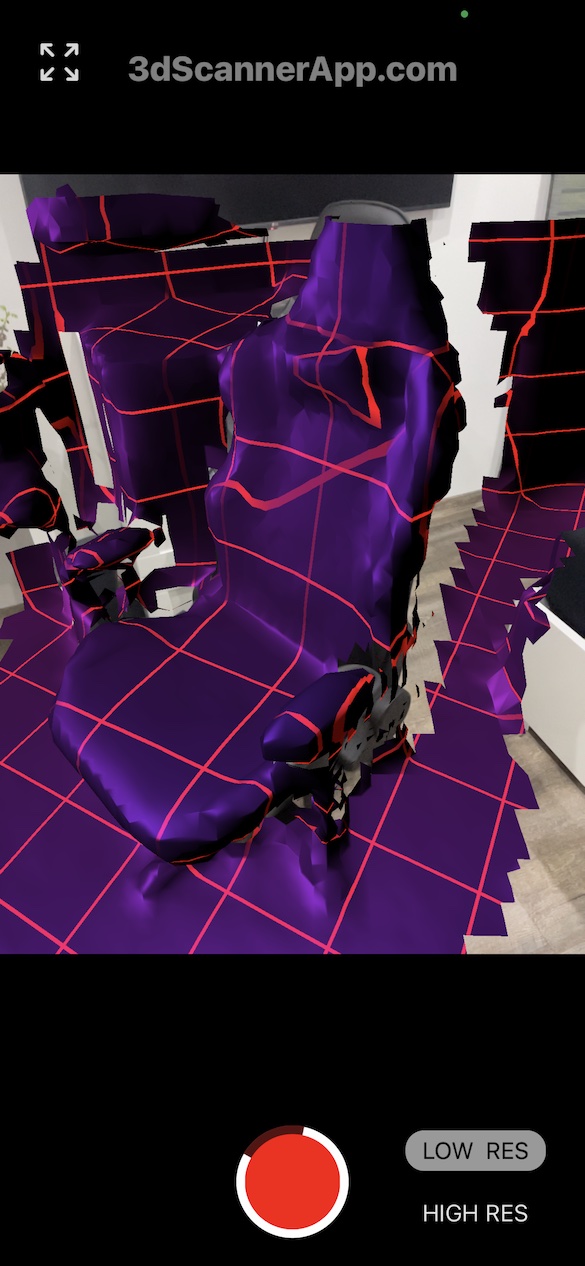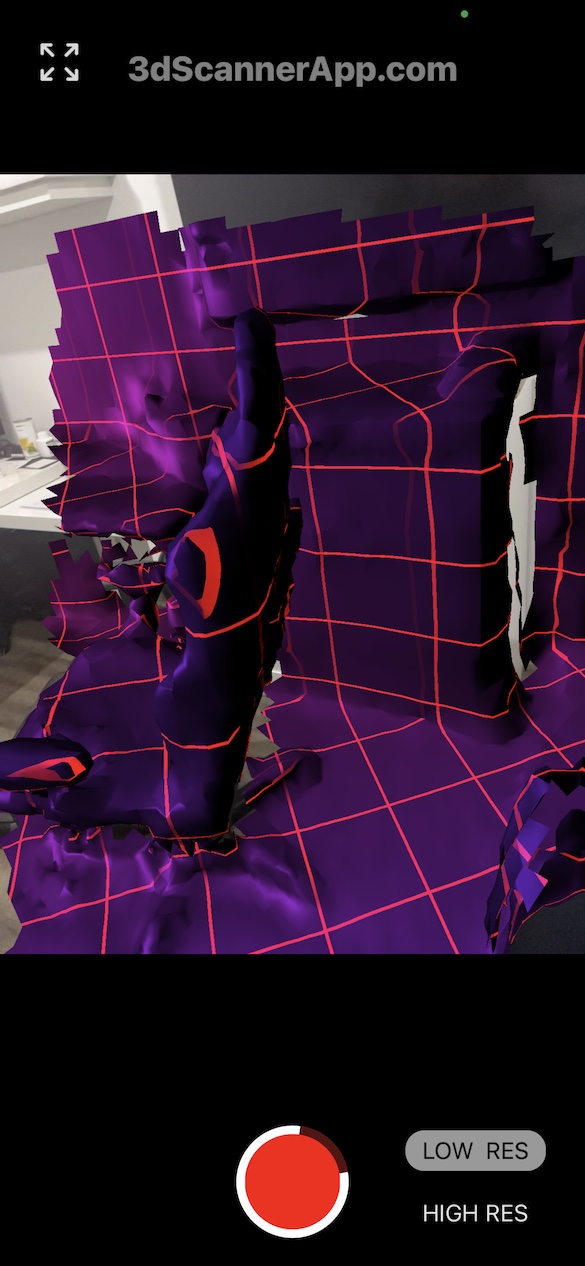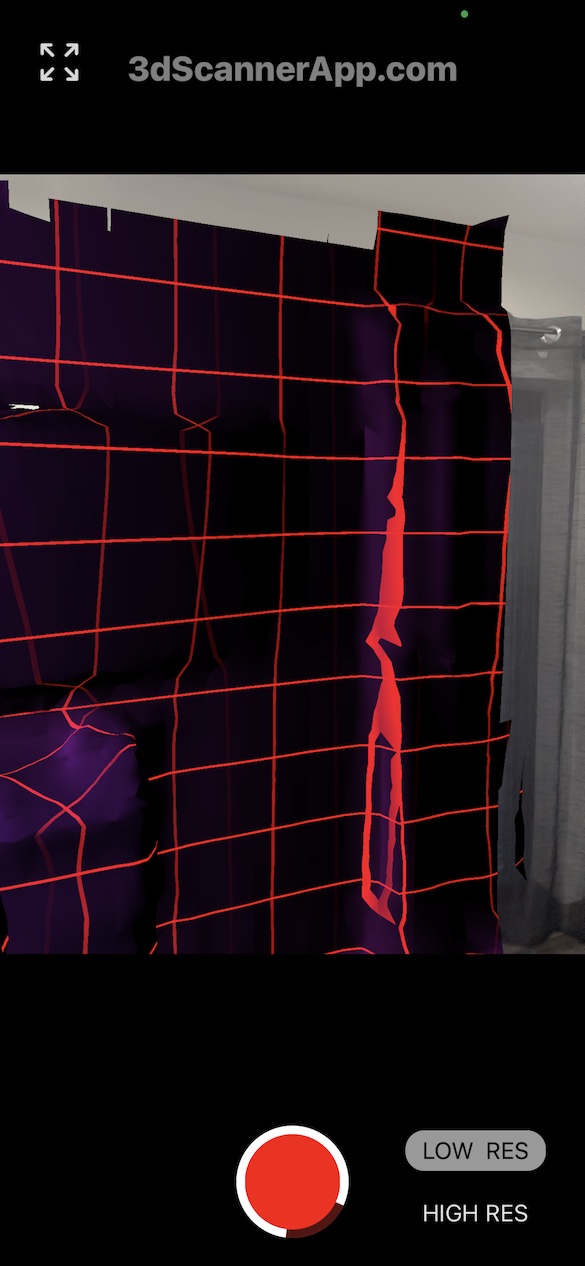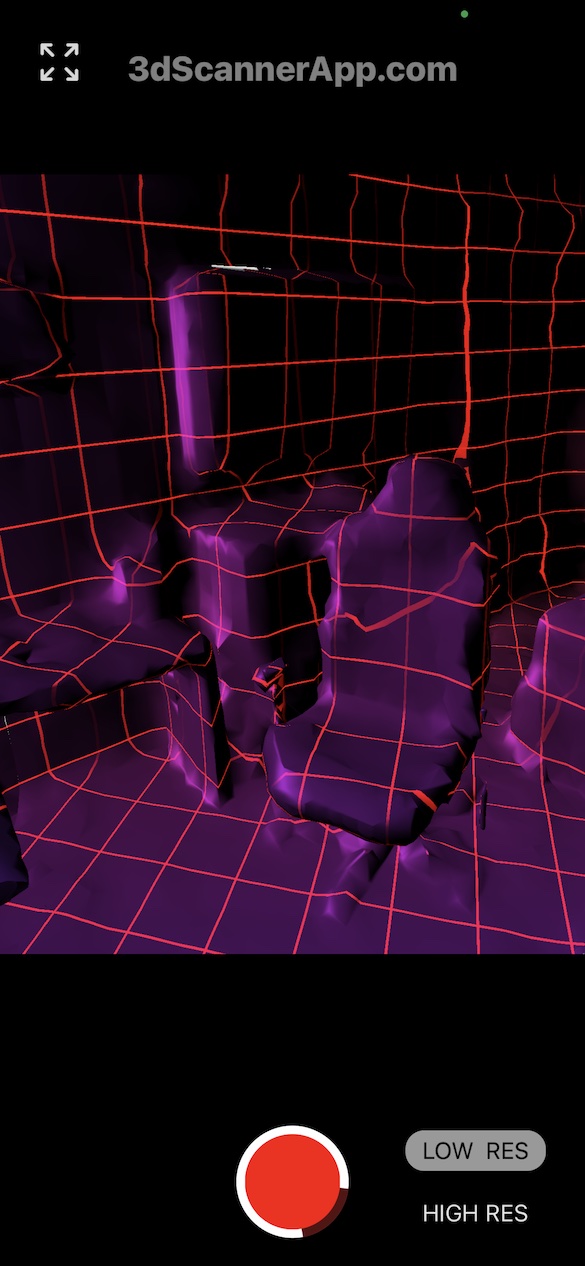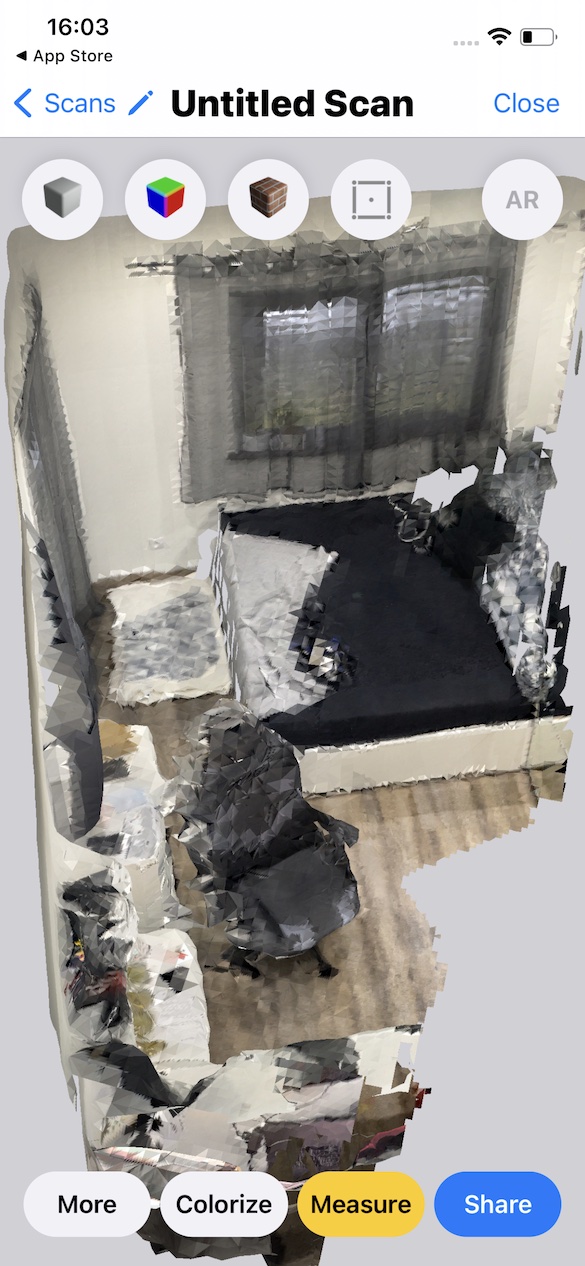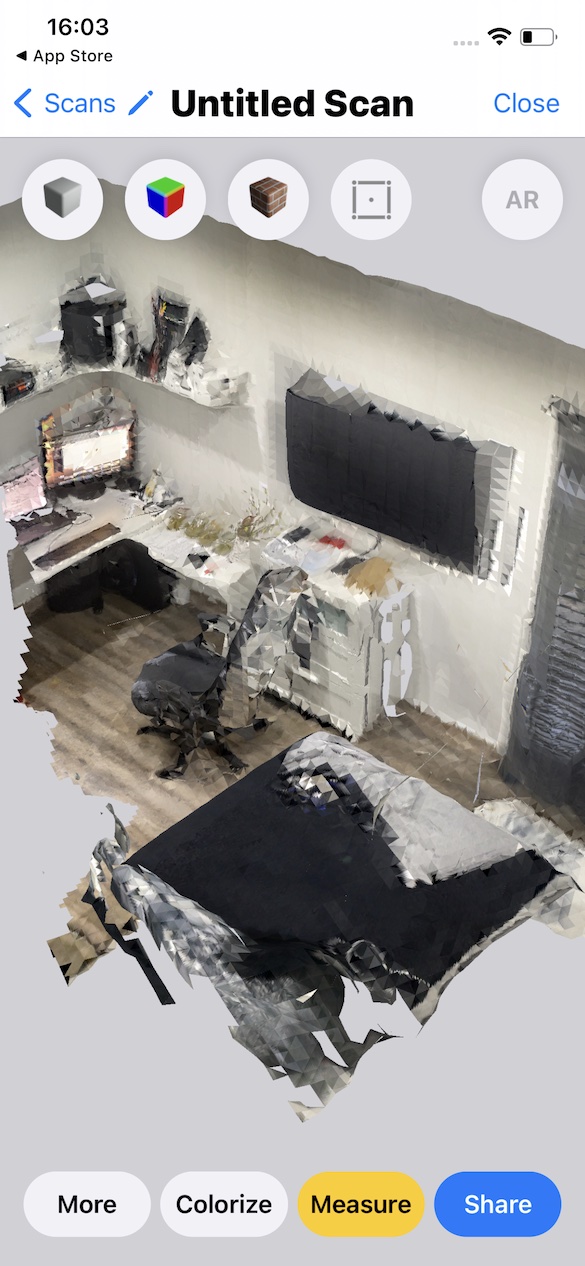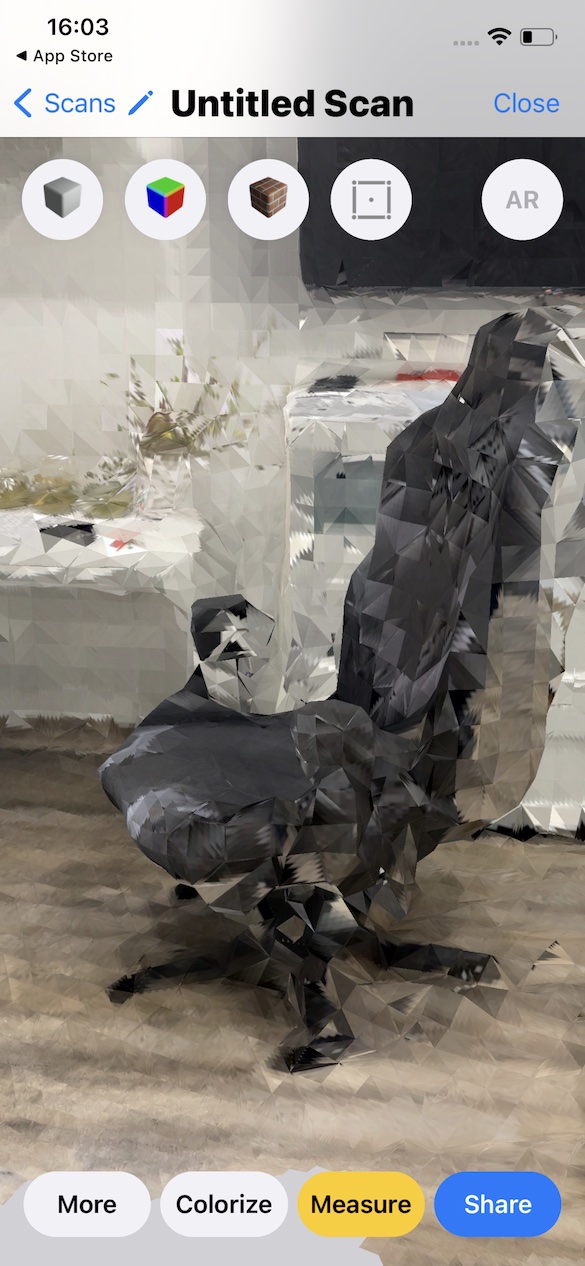LiDAR is an abbreviation for Light Detection And Ranging, which is a method of remote distance measurement based on the calculation of the propagation time of a laser beam pulse reflected from the scanned object. Apple introduced it together with the iPad Pro in 2020, then this technology also looked into the iPhone 12 Pro and 13 Pro. Today, however, you practically don't hear about him.
The purpose of LiDAR is quite clear. Where other phones (and tablets) use lightweight, typically only 2 or 5 MPx cameras to determine the depth of the scene, and similar to basic series iPhones without the Pro moniker, albeit with a higher resolution, LiDAR provides more. First of all, its depth measurement is more accurate, so it can conjure up more engaging portrait photos, it can also be used in low-light conditions, and movement in AR is more faithful with it.
It could be interest you

It was in the last mentioned respect that great things were expected of him. The experience of augmented reality was supposed to move to a higher and believable level, which everyone who owned an Apple device with LiDAR should fall in love with. But it kind of fizzled out. This is of course the responsibility of the developers who, rather than tuning their titles exclusively with LiDAR capabilities, tune them all in order to spread their title to as many devices as possible and not just to two iPhones of the series, even the most expensive ones with lower sales potential.
LiDAR is currently limited to a distance of five meters. He can send his rays to such a distance, and from such a distance he can receive them back. Since 2020, however, we haven't seen any major improvements to it, and Apple doesn't mention it in any way, not even with the new movie mode feature. Only the A15 Bionic deserves praise in this respect. On the product page about the iPhone 13 Pro, you will find a single mention of it, and that only in connection with night photography in one single sentence. Nothing more.
Apple was ahead of its time
Since the basic series can also take portraits, as well as film mode or night photography, when the ultra-wide-angle camera helps the iPhone 13 Pro in the macro, the question is whether it actually makes sense to keep it here. This is another case where Apple was ahead of its time. No one else offers anything similar, because the competition is focused only on additional cameras and, in rare cases, on various ToF sensors.
It could be interest you

You could argue that it lends itself to said augmented reality. But its use is simply at point zero. There are only a handful of usable applications in the App Store, new ones are added at a rate that is almost non-existent, and this is evidenced by the scant update of a separate category. In addition, you do not need any LiDAR to play Pokémon GO, the same applies to other applications and games that you can run even on low-end iPhones and, in the case of Android, on devices that are tens of thousands of CZK cheaper.
There is also talk of LiDAR in the context of headsets, where they could use it to scan the wearer's surroundings. The iPhone could thus complement them to a certain extent and better load the elements of the environment in synchronization with each other. But when is Apple going to present its solution for AR/VR? Of course, we don't know, but we suspect that we won't hear much more about LiDAR until then.
 Adam Kos
Adam Kos 

